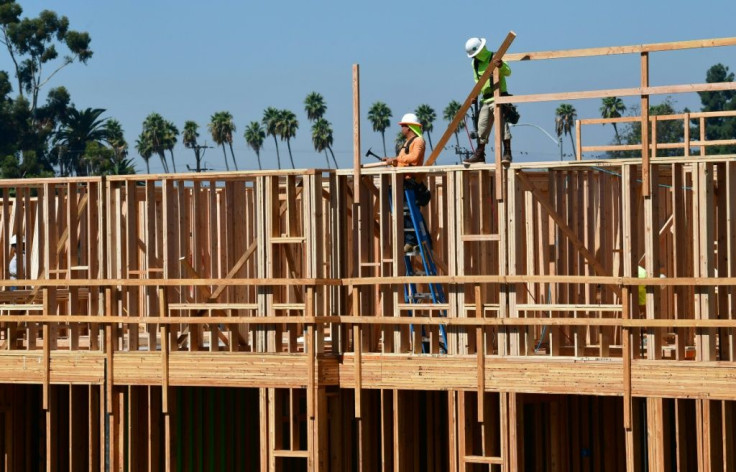Mortgage Demand Craters To Lowest Level Seen In 22 Years

Mortgage demand has continued its decline after a lackluster performance in May as more Americans opt to avoid buying a home in an environment of rising interest rates, low inventory and the potential for a recession in the near-future.
On Wednesday, the Mortgage Bankers Association (MBA) released its latest data showing mortgage applications decreased 6.5% from last week, a nearly 4% increase in the declines seen only a week earlier. The average interest rate on a 30-year fixed-rate mortgage grew from 5.33% to 5.40%.
Compared to the same time last year, MBA's Purchase Index fell by 21% and the Refinance Index deteriorated by 75% on a year-on-year basis. This is the lowest level of demand recorded since 2000.
The declines in the recently red-hot housing market are being driven by consistently low housing inventory and rising mortgage rates in the recent months, said Joel Kan, MBA's Associate Vice President of Economic and Industry Forecasting.
“Weakness in both purchase and refinance applications pushed the market index down to its lowest level in 22 years," Kan said in a statement.
"The purchase market has suffered from persistently low housing inventory and the jump in mortgage rates over the past months. These worsening affordability challenges have been particularly hard on prospective first-time buyers,” he added.
Throughout last year, the U.S. housing market rebounded sharply from the downturn experienced in 2020 when the COVID-19 pandemic arrived and the supply of available homes lagged behind surging demand. Complicating the situation was a pre-existing labor shortage in the construction sector and supply chain issues with construction materials driving prices higher nationwide.
But with inflation continuing on its upward trajectory, the Fed has acted. After initially dismissing inflationary pressures as a transitory phenomenon for much of last year, the Fed changed course in March when it hiked rates by a quarter-percentage point. When inflation persisted, the central bank instituted another rate hike earlier in May by a half-percentage point.
In his remarks that followed the second rate hike announcement, Fed Chairman Jerome Powell said that the board would not hesitate to restore price stability and that it would raise rates more as needed. However, the Fed must navigate a careful path forward as fears mount that the U.S. economy will tip into recession in the near-future.
© Copyright IBTimes 2024. All rights reserved.



















